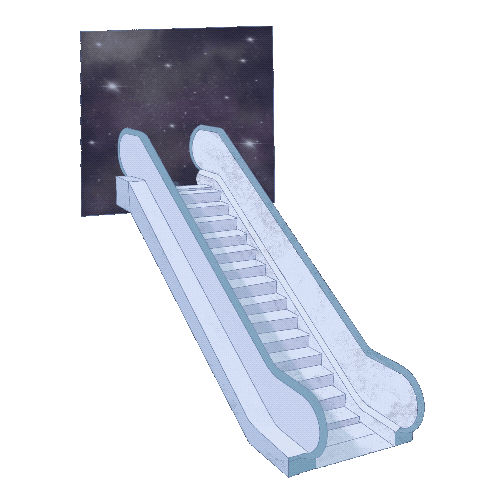UNIT 5. SCIENCE AND TECHNOLOGYListening
Bây giờ chúng ta sẽ nghe một đoạn nói về một phát minh hữu dụng cho cuộc sống của con người. Trước tiên, hãy học một vài từ mới:
New words
Escalator (n) /ˈeskəleɪtə(r)/: thang cuốn
Non-functioning (adj) /ˌnɒn ˈfʌŋkʃnɪŋ/: không hoạt động
Conveyance (n) /kənˈveɪəns/: vận chuyển, chuyên chở
Break down (phr.v) /ˈbreɪk daʊn/: hỏng

Listen and decide if the following statements are true (T) or false (F).
| 1. The first moving staircase was invented in the 1890s. | |
| 2. Lifts don’t move as many people as escalators | |
| 3. Apart from escalators, other broken-down conveyances can be used as normal staircases. | |
| 4. The first escalators were built in skyscrapers at the end of the nineteenth century. | |
| 5. Today, escalators are nowhere to be seen. |
Audio script:
An American, Charles D. Seeberger, produced the first commercial moving staircase to transport people in the 1890s. He called this invention an 'escalator', taking the name from the Latin word 'scala', which means 'ladder'. Escalators move people up and down short distances. Lifts do the same, but only move a small number of people. Escalators have the capacity to move a lot of people at the same time, and they can be placed in the same space as one might install a staircase. A non-functioning escalator can be used as a normal staircase, whereas many other conveyances become useless when they break down. Towards the end of the nineteenth century, cities were becoming more crowded and the first escalators were built at railway stations and in big department stores so that people could move about more quickly. Today we see escalators everywhere.